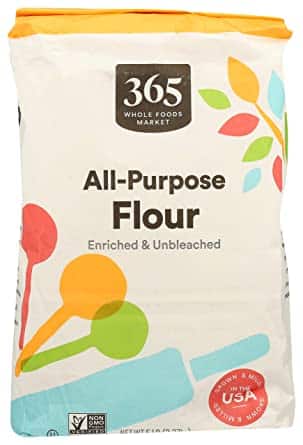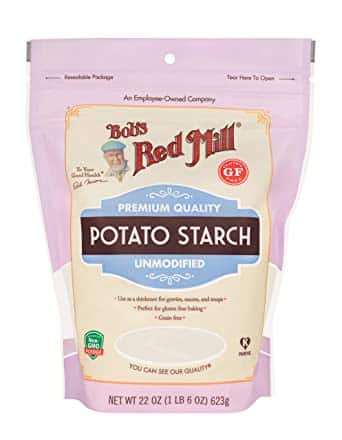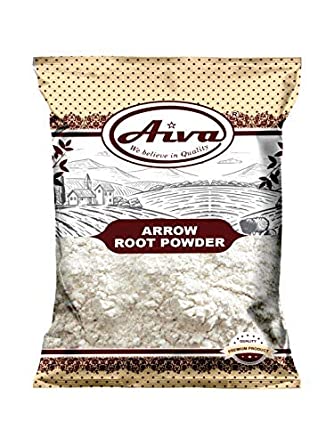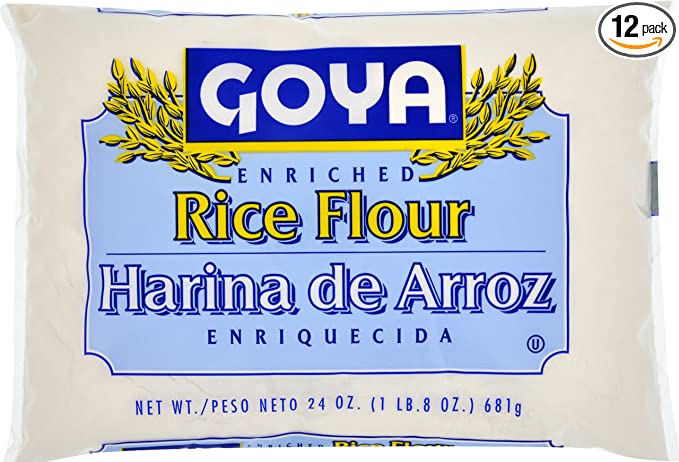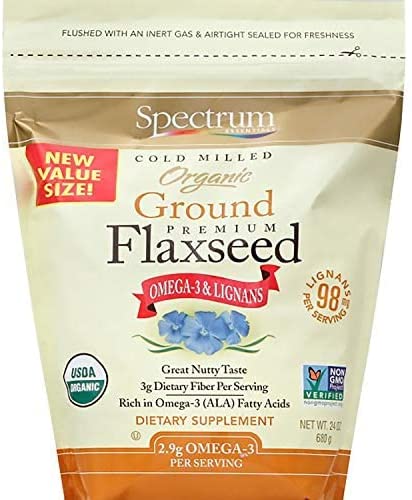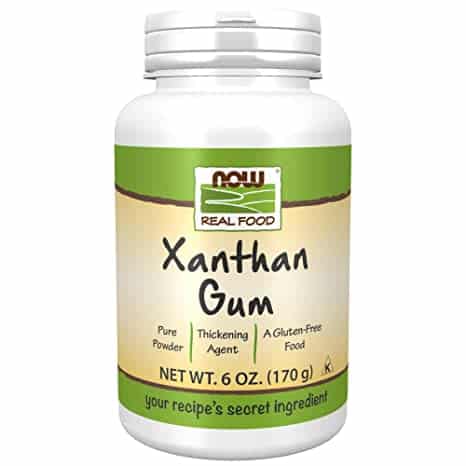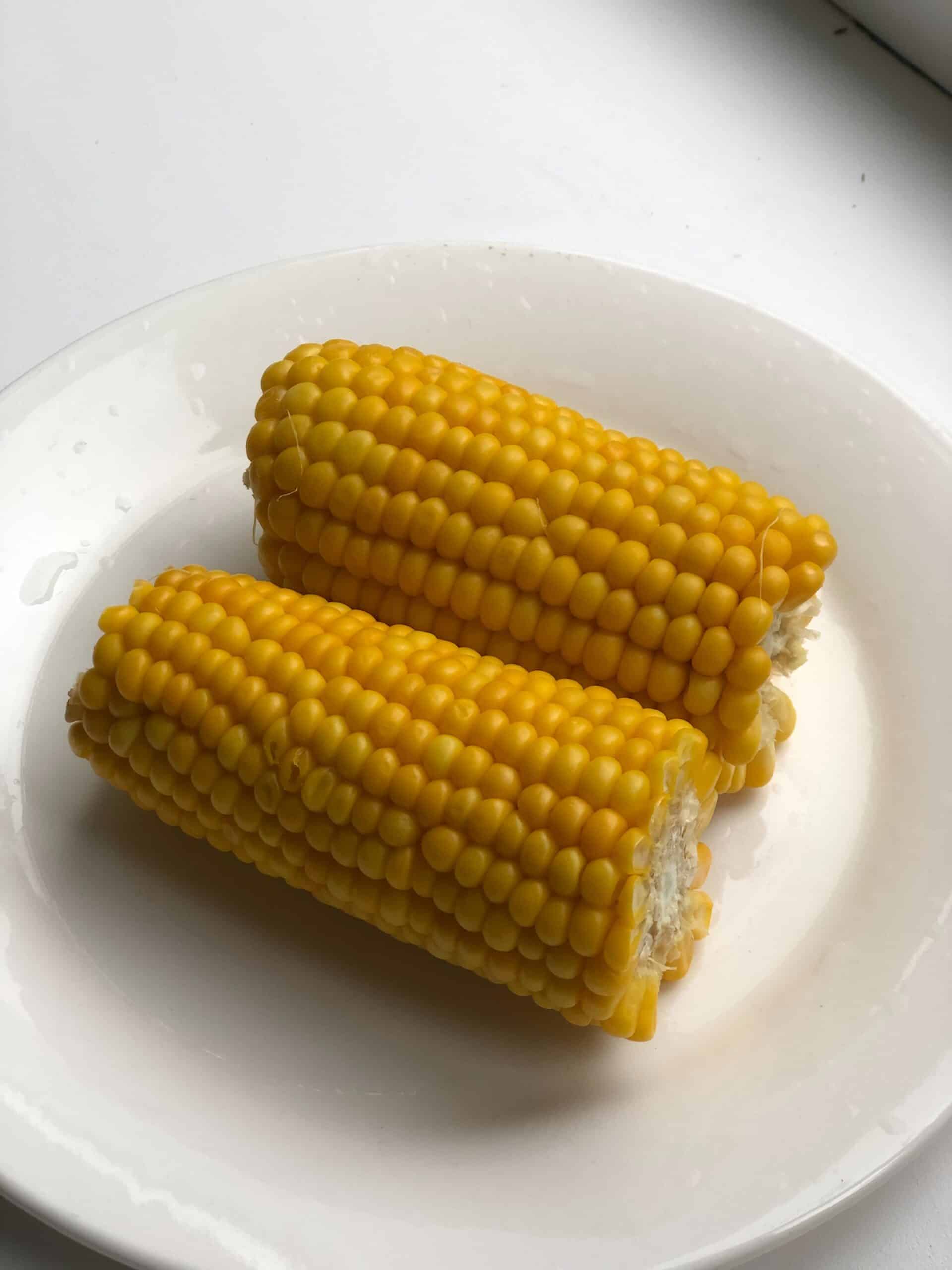Cornstarch is a common ingredient in cookery. It’s a pure starch powder made from maize kernels after the outer bran and germ have been removed, leaving only the starch-rich endosperm. It can be used in a variety of ways in cooking. When starch is heated, it absorbs a lot of water.
If you’re seeking a gluten-free cornstarch substitution in cookies, you’re in luck. Many cornstarch substitutes taste fantastic and won’t change the texture of your cookies. Rice flour, tapioca flour, almond flour, and arrowroot are a few examples. These flours can be used in place of cornstarch. However, their texture may differ.
What is cornstarch, and how does it work in cookies?
Cornstarch is a fine white powder made from the maize endosperm, rinsing, drying, and milling them into a fine powder. The nutrient-rich tissue inside the grain is called endosperm. On the other hand, Corn flour is prepared from entire kernels and is not to be confused with. Corn is a gluten-free grain, and cornstarch requires typically no additional ingredients. As a result, pure cornstarch, composed entirely of cornstarch, is naturally gluten-free.
Cornstarch isn’t utilized in cookies as a thickening agent, but it serves a crucial purpose. When a recipe calls for cornstarch, it’s essentially there to help with structure. Cornstarch can be used to ensure that the cookies you’re creating have the structure they need to be appreciated. It aids in the holding together of the cookies and can also be utilized to give baked goods the correct consistency.
Cornstarch is sometimes mixed with particular types of flour by bakers. When cornstarch is combined with various types of flour, it can help to make a light and chewy dessert. This means that cornstarch is an excellent ingredient for making chewy cookies. Cornstarch is a typical component in cookies that are designed to be chewy.
Cornstarch nutrition facts
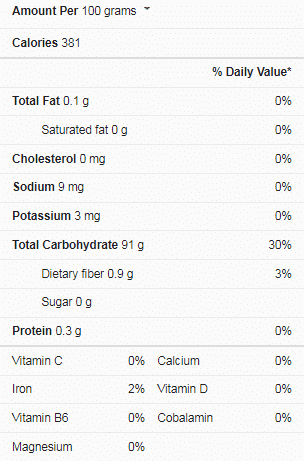
Substitute for cornstarch in cookies
If cornstarch is frequently used in your kitchen, there is a good chance that you will eventually run out of it. The following is a list of the top alternatives to cornstarch that you can use for thickening.
All-purpose flour
Flour is arguably the most popular replacement. However, you’ll need more flour in a recipe than if you used cornstarch. Three tablespoons of flour will be required for every one tablespoon of cornstarch. You’ll almost certainly have all-purpose flour on hand to make your cookies, making this a convenient option.
So long as you have flour, you’ll be able to make your cookies turn out fine. The cookies, however, will not be as good as they would be if you utilized cornstarch.
When using cornstarch as an ingredient, the cookies will appear glossy; however, the cookies will appear matte when using flour. You might not attain the same amount of softness because the consistency is slightly different. It’s also vital to bake the cookies for a few minutes longer to eliminate the flour flavour, and flour has more flavour than cornstarch.
Potato starch
If you don’t like making conversions, you’ll love using potato starch as a substitute. Using potato starch instead of cornstarch is not an issue in baked items.
You can use the same amount of potato starch as cornstarch in a recipe. You can use three tablespoons of potato starch instead of three tablespoons of cornstarch in a recipe that asks for three teaspoons of cornstarch. The only thing to remember is that potato starch differs from cornstarch. When working with potato starch as an ingredient, it feels different.
Potato starch, for example, is notorious for clumping. You’ll need to keep an eye out for this to avoid having lumpy cookies.
Arrowroot powder
Another product that can be used as a cornstarch alternative is arrowroot. You can use the same amount of this product in place of the cornstarch called for, just like potato starch.
This might be your best bet if you’re seeking something that performs similarly to cornstarch, and it even has the same glossy appearance that consumers like. The main problem is that many people don’t have arrowroot in their kitchens. This is a terrific cornstarch alternative, but it’s one of the items you’re unlikely to have on hand.
Even so, it’s comforting to know that arrowroot can be used in place of cornstarch. If you ever have trouble finding cornstarch in the shop, search for arrowroot instead.
Rice flour
Additionally, rice flour should be considered a potential alternative, and it has the same effect on thickening things up as regular all-purpose flour.
This flour can be used in the exact same manner as regular flour would be used. When rice flour is used in place of cornstarch in a recipe, the amount of rice flour needed to achieve the desired consistency must be equal to three tablespoons for every one tablespoon of cornstarch required per the recipe.
People have reported having success when they use rice flour in their recipes. However, this is not necessarily a better or worse option than making use of flour that may be used for various purposes. Knowing that you can use rice flour as a replacement for all-purpose flour might not be as beneficial given the prevalence of all-purpose flour in most kitchens. Regardless of the circumstances, it is almost always beneficial to have a more significant number of choices open to you.
Tapioca Flour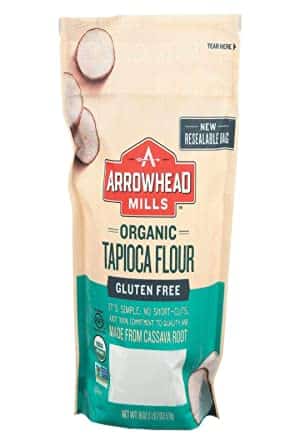
Rice flour can be replaced with tapioca flour for a more convenient alternative. Suppose you happen to have tapioca flour in your kitchen. You can replace one tablespoon of cornstarch with two tablespoons of tapioca flour by using the ratio of 2 tablespoons of tapioca flour to 1 tablespoon of cornstarch.
Compared to rice flour or regular all-purpose flour, the amount of tapioca flour that should be used in a recipe is significantly less. You could find that this makes things somewhat more straightforward for you in general.
Tapioca starch is another name that is occasionally used to refer to tapioca flour. If you have tapioca starch in your pantry, you may use that instead because it is the same thing, and you won’t need to adjust the recipe. Compared to all-purpose flour, this is another component that is not very commonly used. If you do have any of this, you will find that it works very well to assist you in baking delicious cookies.
Ground flaxseeds
Ground flaxseeds can be used instead of cornstarch when people need to thicken things up. It’s great for thickening sauces and other gravies. Some people prefer this choice because ground flaxseeds significantly increase fibre. If you’re seeking to bake something with a lot of fibre, this could be a good option. The issue is that it may not produce the best cookies. You could substitute ground flaxseeds for cornstarch, but the consistency will drastically differ.
Ground flaxseeds will make your cookies grittier than you probably want. However, you won’t know whether you won’t like it unless you give it a shot. To use ground flaxseeds instead of cornstarch, mix the flaxseeds with water. To substitute two teaspoons of cornstarch, use one tablespoon of ground flaxseeds with four tablespoons of water.
Xanthan gum

Xanthan gum is a vegetable gum produced by fermenting sugar with the bacteria Xanthomonas campestris. This results in a gel, which is subsequently dried and ground into a powder for use in cooking. Xanthan gum can thicken a liquid significantly with tiny amounts.
It’s worth noting that consuming high amounts of it may create intestinal troubles in some people. When used as a thickener, you are unlikely to ingest much of it. It’s best to start with a modest amount of xanthan gum and gradually increase it. You must be careful not to use too much liquid; otherwise, the liquid may get slimy.
Glucomannan
In some contexts, glucomannan has become a popular cornstarch alternative. This powdered soluble fiber can be mixed with hot water to create a thick gel.
One of the best things about glucomannan is that it has no calories or carbs. As a result, it’s a common low-carb substitution. It can also be beneficial since it includes beneficial bacteria to aid digestion. This could be a great addition to your cookie recipe. You also don’t need a lot of this item to get the job done. Only a quarter of a teaspoon of glucomannan is required for every two teaspoons of cornstarch.
Guar gum
Another vegetable gum that can be used as a thickening agent is guar gum. In some recipes, it is used as a substitute for cornstarch. Although it may not be the best choice for all sorts of cookies, some employ guar gum especially. Since it can be helpful when preparing gluten-free cookies, the ingredient has grown in popularity.
This can be used similarly to xanthan gum, and it’s more convenient to use than xanthan gum because it’s less expensive. Like xanthan gum, it should be able to be used as a straight cornstarch substitution. If you want to use something other than cornstarch in your cookies, guar gum is a good option.
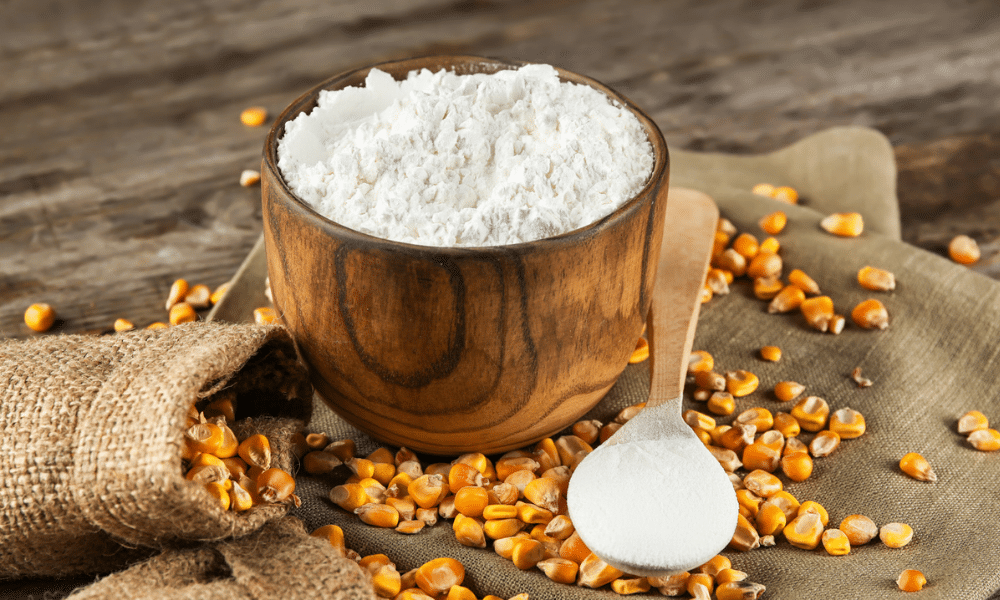
Best ever cornstarch cookies recipe
Ingredients
-
2 call-purpose flour
-
1 ccornstarch
-
1 cicing sugar
-
1 1/2 cbutter, cold
-
3 tspvanilla
-
2 tspjam, any flavour, Hershey’s kiss, or pie filling (optional)
Method
- Combine flour, cornstarch, and icing sugar in a sifter.
- Beat butter until creamy, then add vanilla a teaspoon, mixing thoroughly after each addition. They must be refrigerated for 1 hour, and otherwise, they will lose their shape.
- Form into 1-inch balls and place on an ungreased cookie sheet 1 1/2 inches apart. You can either push them down with a little dusted fork or construct a nest by pressing them down with your thumb and adding a couple teaspoons of jam, a Hershey’s Kiss, or your favourite pie filling.
- Bake for 8-10 minutes, or until the edges are lightly brown. Relax and have fun.
What is cornstarch used for?
Cornstarch is highly valued for its capacity to thicken liquids. When it is heated in the presence of moisture, the long chains of starch molecules that make up its composition will unravel and swell due to the heating. This swelling activity, also known as gelatinization, ultimately leads to the process of thickening.
Cornstarch can also be used to coat the fruit used in pies, tarts, and other desserts before they are baked. After combining with the various fruit juices, the thin layer of cornstarch acts as a thickener as the dessert bakes. Because of this, pies and other pastries won’t end up with a watery or runny consistency.
The usage of cornstarch as an anti-caking agent has several applications. It is common practice to apply a light cornstarch coating to shredded cheese before packaging it to prevent the cheese from being clumped together. Cornstarch will assist absorb moisture from condensation, prevent a slimy texture from developing, and help absorb moisture. To achieve the same result, it is common to combine a trace amount of cornstarch with powdered sugar.
How do you make cornstarch at home?
- Put the corn in the blender and add enough water to cover it. Blend until a smooth texture emerges.
- If you wish to manufacture a large amount of cornstarch, you can blend the corn in batches. Repeat the process until all of the corn in the bowl has been used.
- If your mixture is too thick after blending the corn, add more water and combine until it has a fluid consistency, speeding up the sifting process.
- Spread cheesecloth in a strainer and lay it over a medium bowl to drain your cornstarch.
- Pass the blended corn through the cheesecloth, gather all of the materials’ ends, and squeeze out all of the moisture from the paste with your hand. Corn starch or cornflour becomes finer and smoother as the pores of the strainer become smaller.
- Allow the cornflour mixture to stand for 2 to 4 hours after sieving to allow the starch to separate from the water.
- You can decant (pour out) the water at the top of the basin after the cornstarch sediments.
How should cornstarch be stored?
Cornstarch needs to be kept in a cool, dark place to maintain its quality. When using the product, ensure that the lid is securely fastened and place it back on the resealable container. Cornstarch can typically be found in stores in containers that may be reused, and cornstarch has an infinitely long shelf life provided it is properly stored.
Conclusion
Cornstarch is an ingredient that’s called for in various cookie recipes, and people use it all the time. It makes the cookies chewier, but it also helps make the cookies thicker. Cornstarch gives cookies a satisfyingly soft texture, which contributes to their widespread popularity, and the cookies have a wonderful texture all the way through. If you don’t have any cornstarch on hand that you can use to bake cookies, you might try making them with components that substitute for cornstarch. There is a wide variety of choices available, including the utilization of wheat, rice flour, tapioca flour, xanthan gum, glucomannan, and numerous other components.
